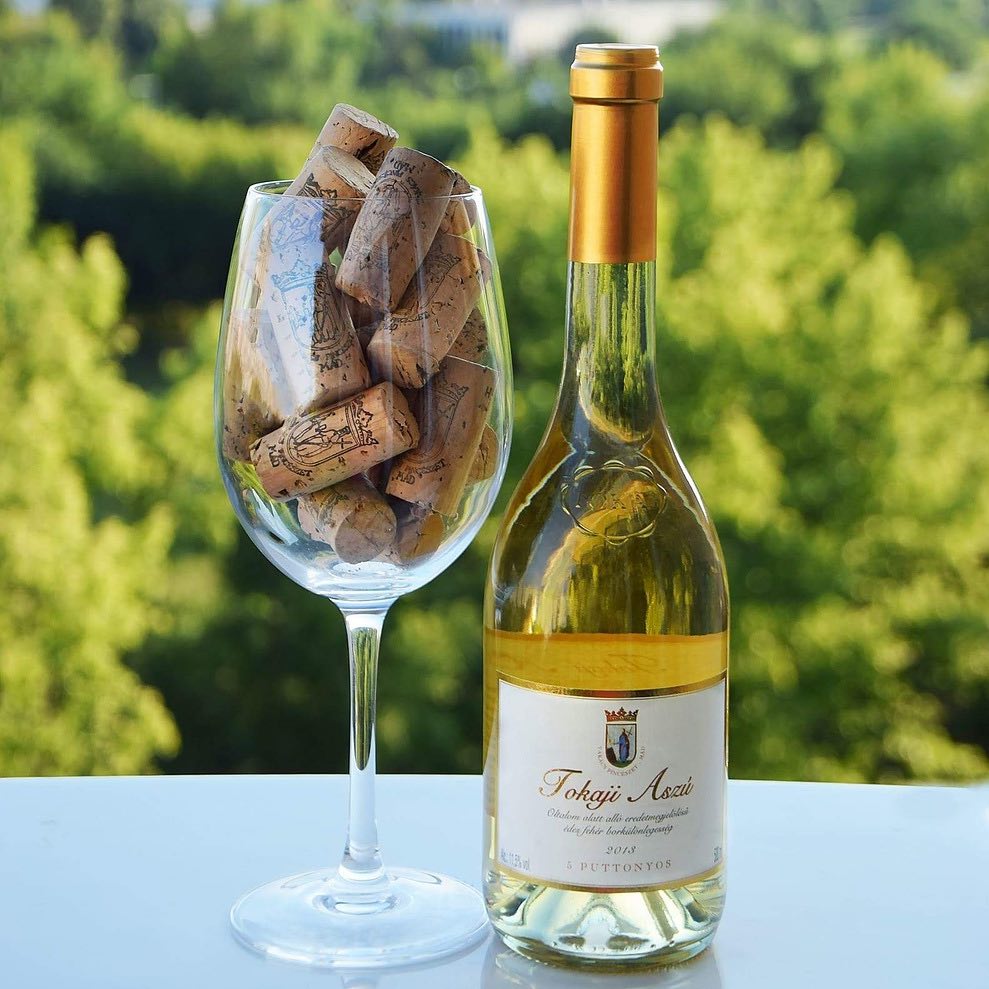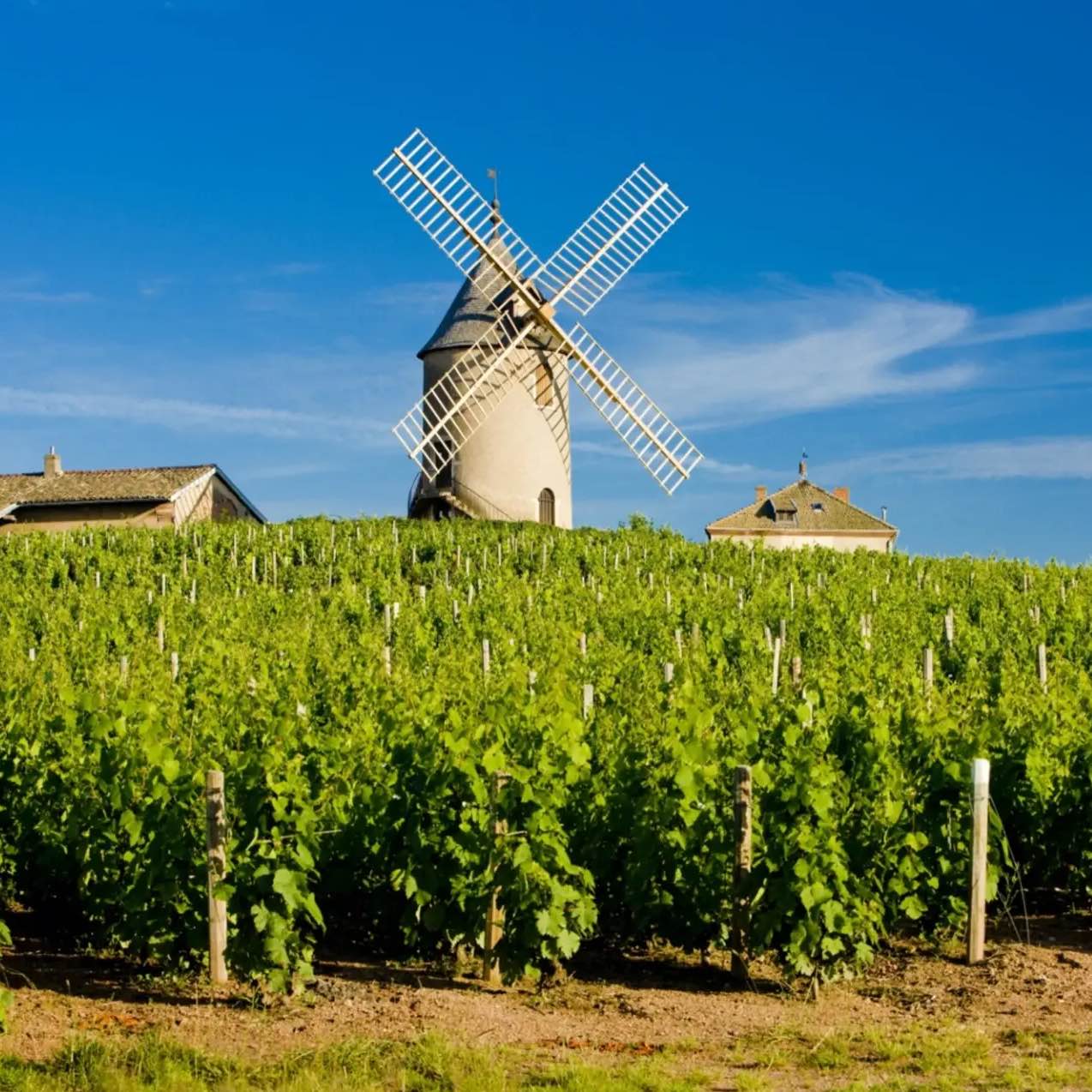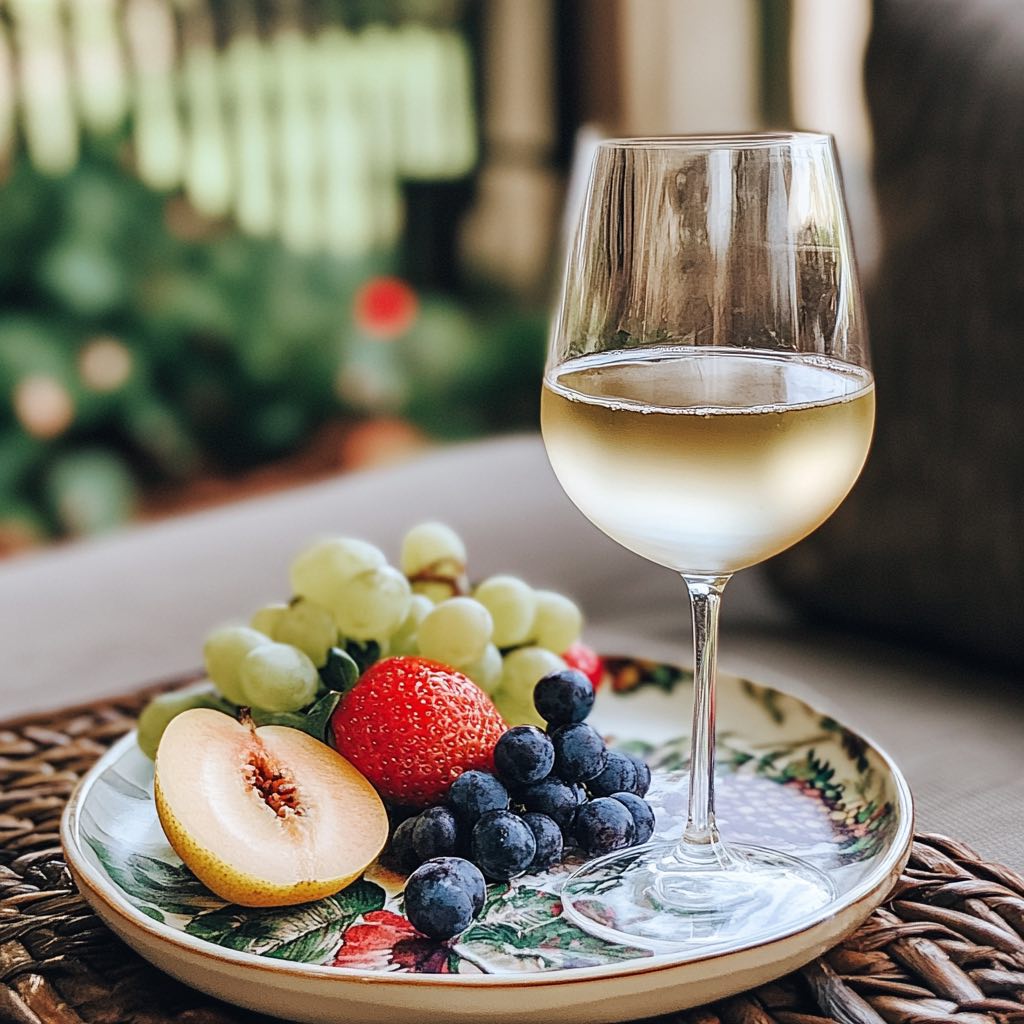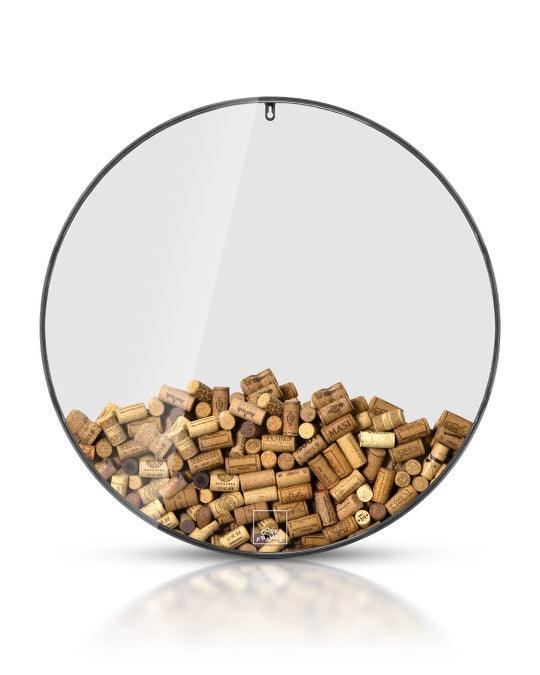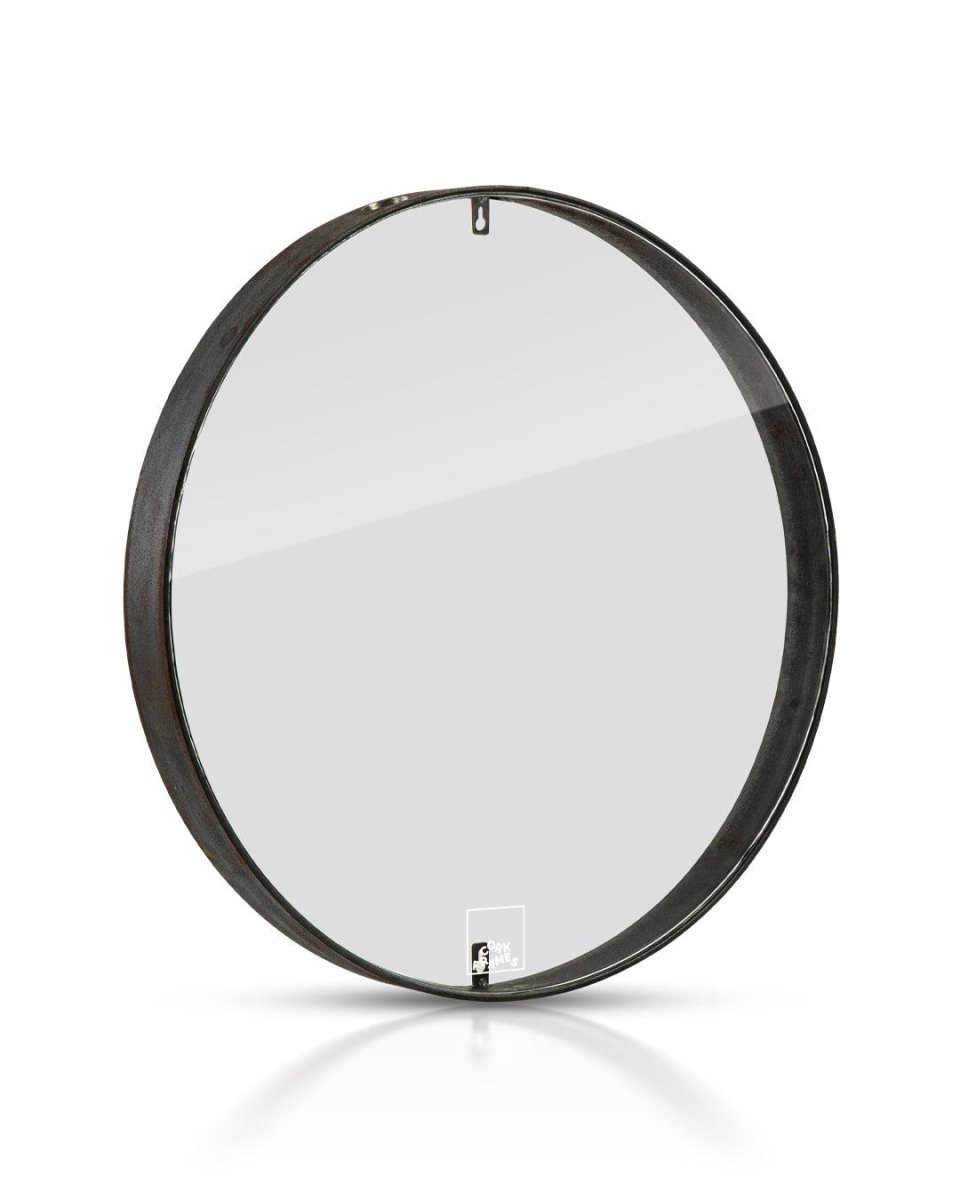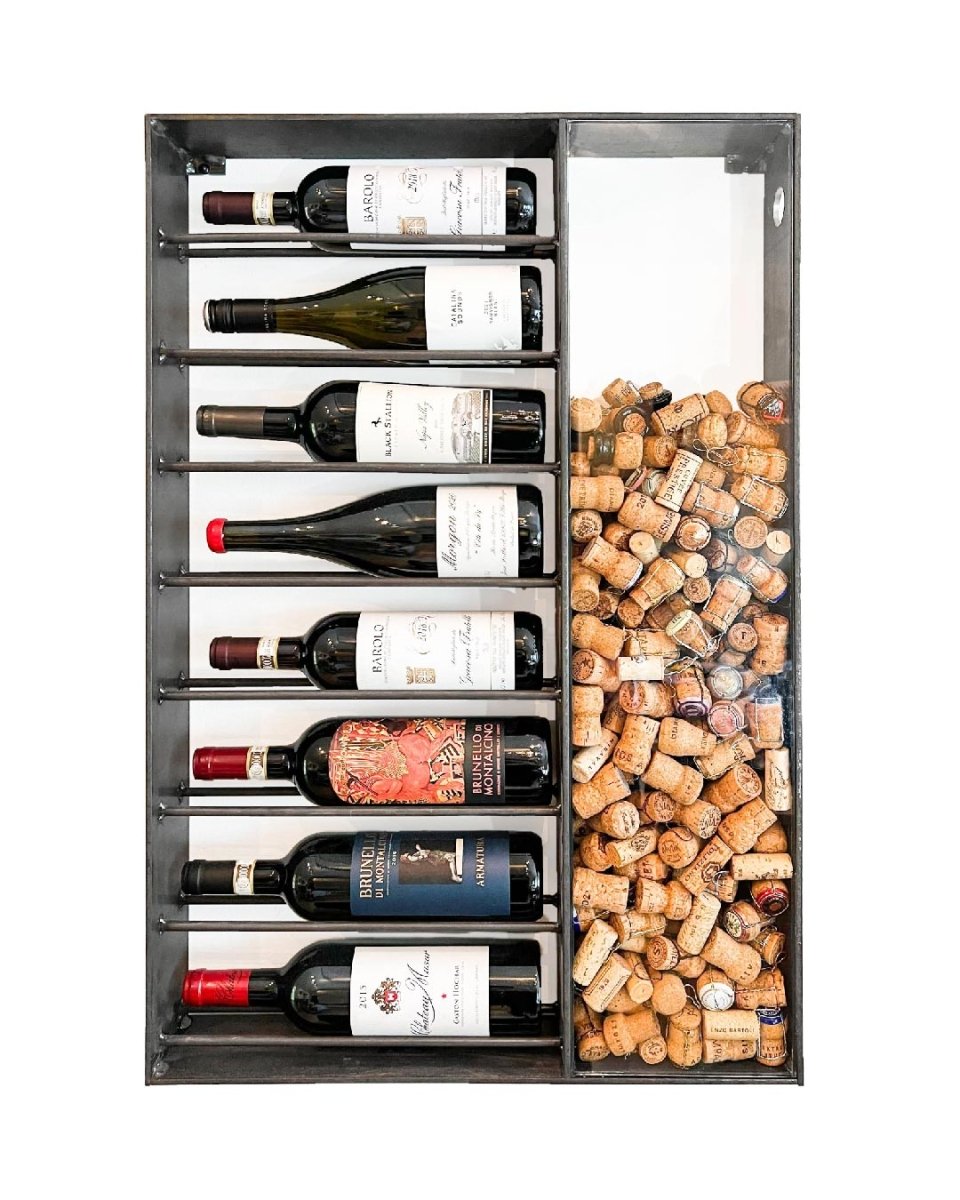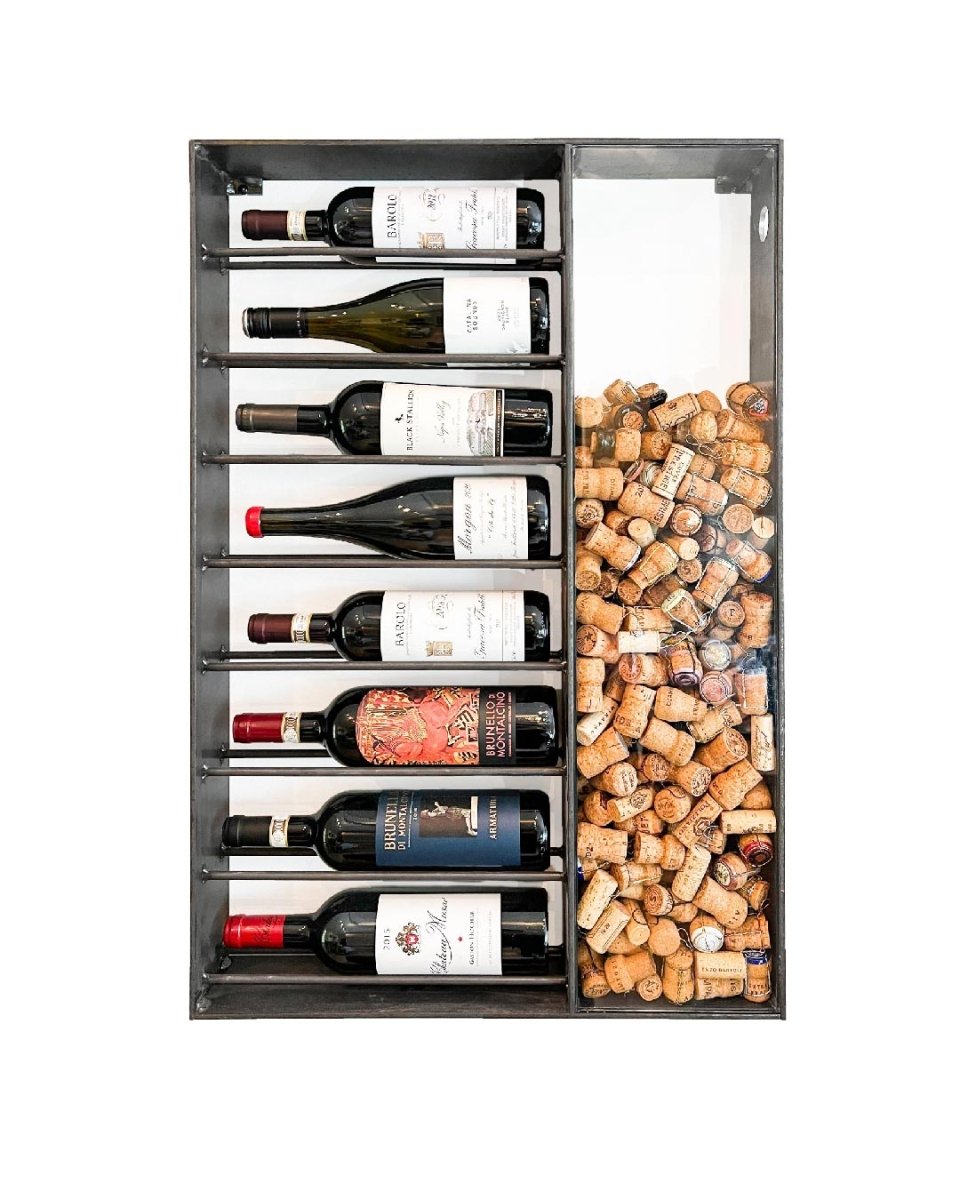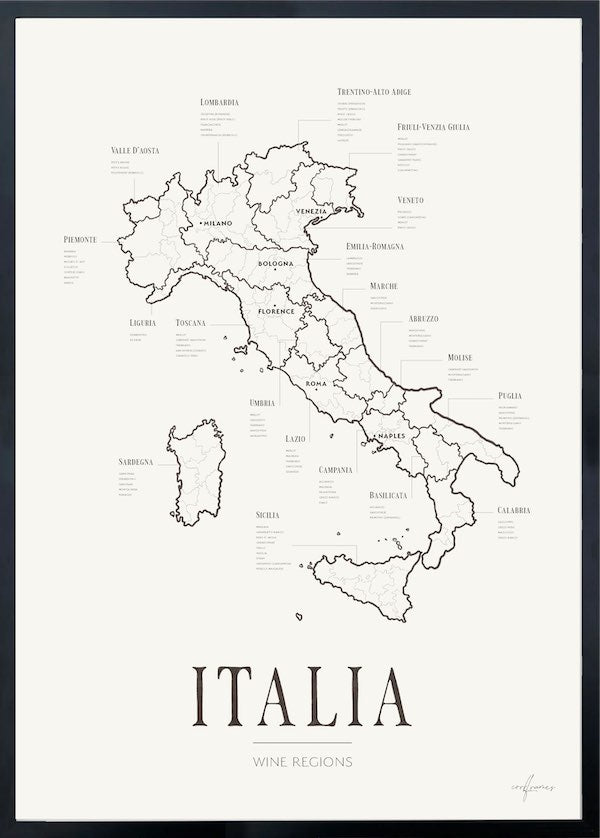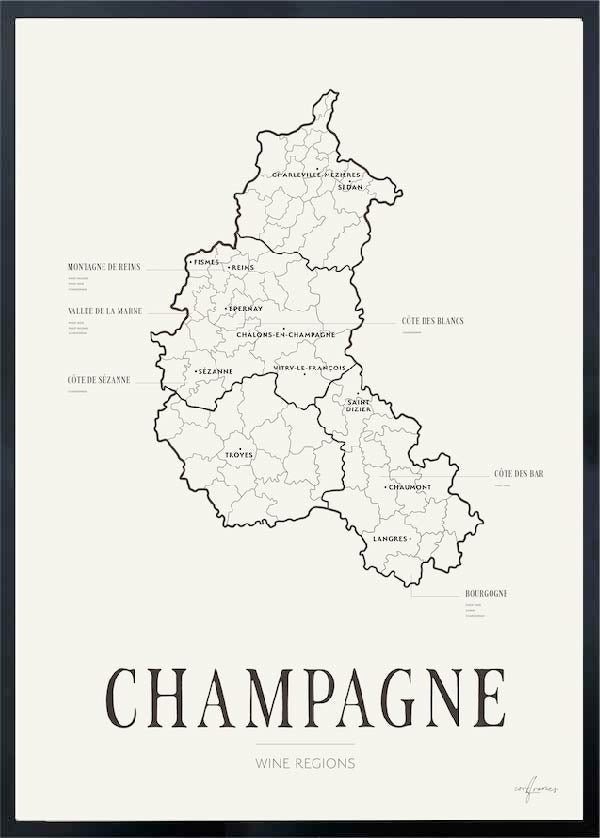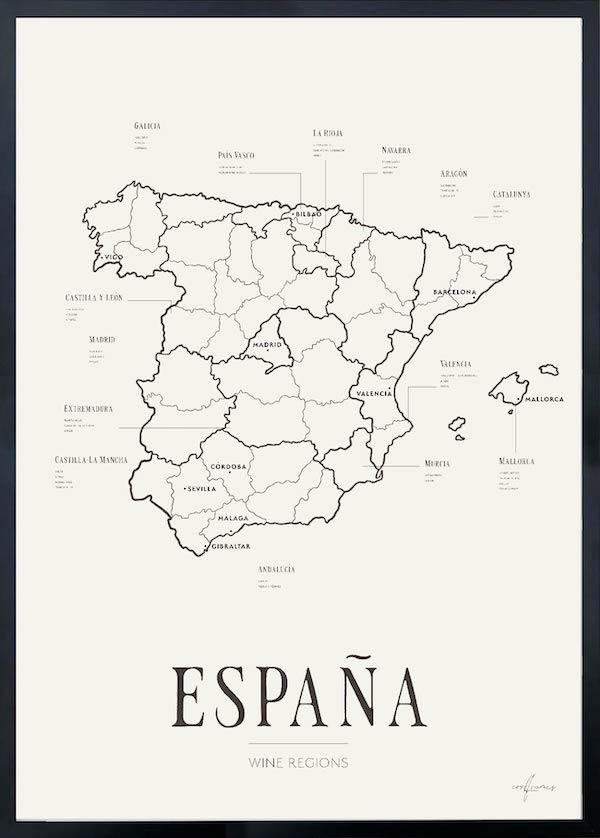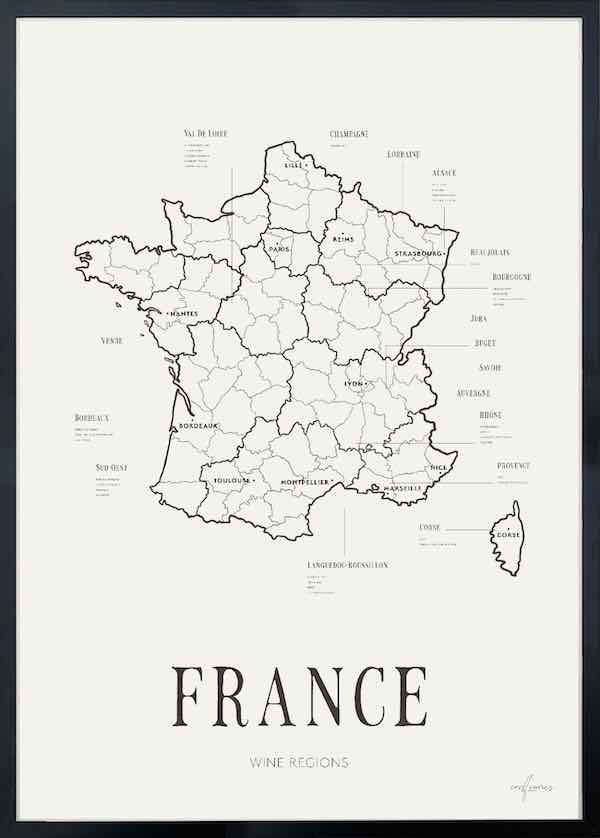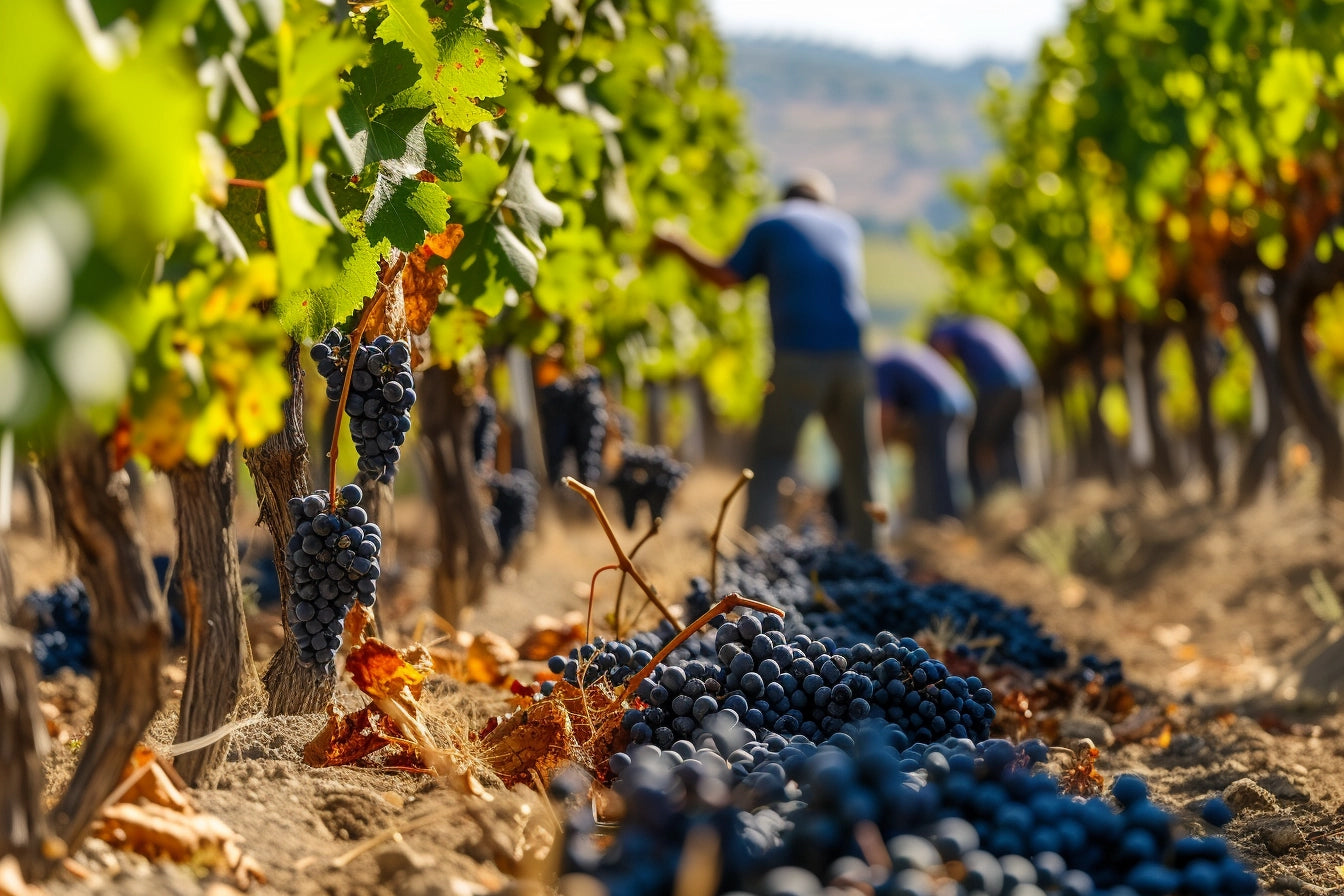Tokaji is not just a wine – it is a piece of European winemaking history. From royal courts to modern wine cellars, this unique wine from Hungary’s Tokaj region has captivated wine lovers for centuries. But what makes Tokaji so special?
Let’s explore its history, production, and the flavors that make this wine a true treasure.
A Royal Drink with a Rich History
"Vinum regum, rex vinorum" – "The wine of kings, the king of wines." This is how Louis XIV described Tokaji at the French court. He was not alone in his admiration. Tokaji’s fame spread across Europe, served at royal feasts and enjoyed by monarchs such as Catherine the Great and Emperor Franz Joseph.
Tokaji is one of the world’s oldest classified wines, with a history dating back to the 17th century. As early as 1737, the Tokaj region was protected by official wine laws, long before renowned French regions like Bordeaux and Burgundy established regulations.
What Makes Tokaji Unique?
Tokaji is produced in the historic Tokaj-Hegyalja region in northeastern Hungary. The unique microclimate and volcanic soil create ideal conditions for viticulture. The region is particularly suited to Botrytis cinerea, also known as noble rot, which is the key to Tokaji’s intense sweetness and complexity.
The primary grape varieties used in Tokaji are:
-
Furmint – Provides high acidity and a strong structure.
-
Hárslevelű – Adds floral and spicy notes.
- Sárgamuskotály (Muscat Blanc à Petits Grains) – Contributes aromatic fruitiness.
The Production Process – Puttonyos and Its Magic
Tokaji is made using a unique method in which botrytized grapes, known as aszú, are hand-harvested and blended with base wine or must. The sweetness and intensity are measured in puttonyos, where a higher number indicates a sweeter, more concentrated wine.
Traditionally, Tokaji was classified from 3 to 6 puttonyos, but today, wines with over 120 grams of residual sugar per liter are labeled Tokaji Aszú. For the sweetest wines, there is also Tokaji Eszencia, an extremely concentrated nectar with up to 800 grams of sugar per liter, making it one of the most exclusive wines in the world.
Flavor Profile – A Symphony of Complexity
Tokaji is known for its perfect balance between sweetness and acidity, making it one of the world’s most structured dessert wines. The flavor profile varies depending on the vintage and sweetness level, but common tasting notes include:
-
Honey and apricot – Derived from the botrytized grapes.
-
Candied citrus and saffron – Adding a refined spiciness.
-
Dried fruit and nuts – Developing with age.
- Refreshing acidity – Keeping the wine vibrant and balanced.
Tokaji has extraordinary aging potential, developing deeper tones of caramel, dried fruit, and nuttiness over decades while maintaining its freshness.
How to Enjoy Tokaji
Tokaji is incredibly versatile and can be enjoyed in several ways:
-
As an aperitif – A chilled glass of Tokaji sets the tone for an elegant evening.
-
With cheese – Pairs wonderfully with blue cheeses like Roquefort or Stilton.
-
With desserts – Perfect with fruit tarts, crème brûlée, or pastries with nuts and honey.
- With foie gras – The classic French pairing where Tokaji’s acidity cuts through the richness beautifully.
For the best experience, serve Tokaji at 10–12°C (50–54°F) to highlight its complex aromas.
Tokaji is more than just a dessert wine – it is a part of winemaking history and a truly exceptional tasting experience. With its unique production method, incredible aging potential, and complex flavors, it is a wine that every wine lover should try at least once in a lifetime.
Next time you want to indulge in something extraordinary, pour a glass of Tokaji and experience "The Wine of Kings."
Want to learn more about the world of wine? Visit our news portal at Corkframes.com for more insights and inspiration!

